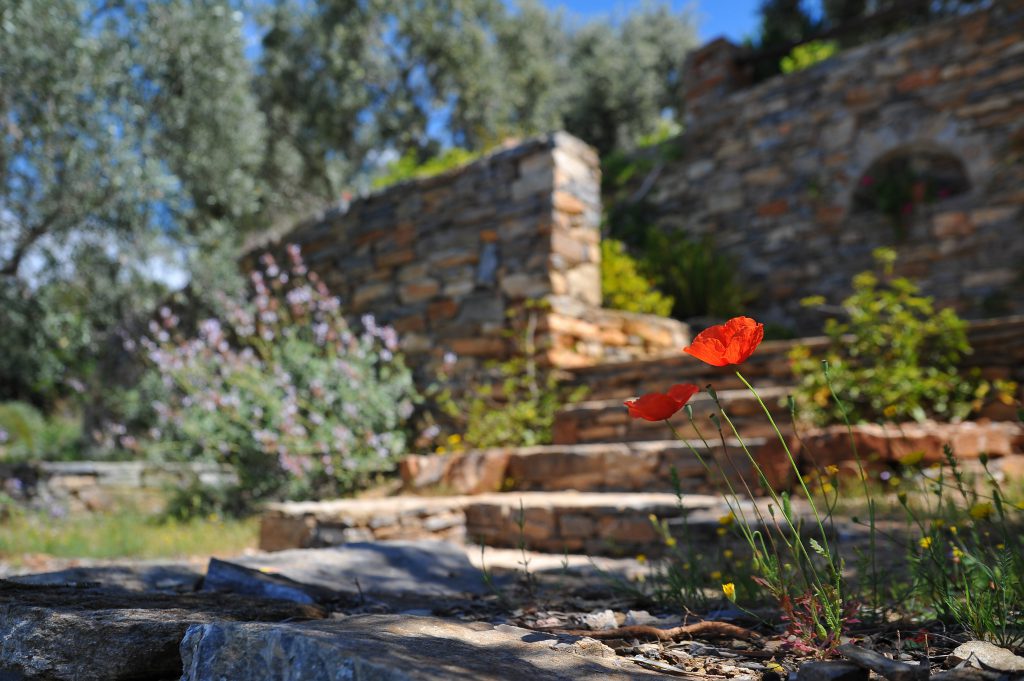Does your home feature sloping or elevated yard spaces?
You may be thinking whether to have these areas leveled with the rest of the landscape or keep them as they are. Leveling the ground so you’d enjoy a large flat landscape is possible, although this is likely to turn out more time-consuming and costly.
On the other hand, you can design a landscape that lets you turn those sloping yards to a new focal point – a structure that’s more functional and aesthetically-pleasing.
This is what retaining walls are made for. Retaining walls offer you an opportunity to create a unique landscape. When properly installed, these structures help hold back soil and consequently prevent erosion.
Retaining walls can be built either free-standing or connected with other landscaping structures. Perfecting the process, however, requires expertise. Soil weight and pressure behind the wall need to be studied. Also, you may have to acquire a permit depending on the height of retaining wall you’re looking to build.
In this regard, it’s beneficial to work with professional landscape designers and builders who would be able to assist you throughout the process and finish the project to your satisfaction the first time.
Few Important Things to Know Before Building Retaining Walls
- Choosing from various materials. You need not worry as to how retaining walls would work with the style of your home or existing landscape. Retaining walls can now be built using various materials such as bricks, timber, and stones to match your taste. Stones are a popular choice for their elegant, rustic appeal although they can turn out more expensive.
- Working with professional designers and builders. Building a retaining wall involves a lot of work than it looks like. The wall structure should be sturdy enough to support the soil behind it. Back fill should be compacted and applied in multiple layers so pressure is pushed downward and not against the wall. Consideration should as well be given to drainage so that water flows over or through the blocks and then away from the retaining wall. When water is trapped in the retaining wall structure, the soil becomes saturated and worse, the base material could get washed away.
- Looking into design patterns. You need not limit your choice to straight retaining walls. You can go for curved patterns for a more stylish look. Make sure to talk to your designer about your ideas so together, you can check whether they’d be feasible.
Retaining Wall Uses
- Defining entertainment areas. Create a stunning private getaway by highlighting your outdoor kitchen or entertainment spaces with a retaining wall. To create a natural flow, you can as well match your choice of paving stones with those you’ve already used in other areas in your yard.
- Additional seating areas. Let your retaining walls do more for you by turning them into seat walls. Enjoy more areas to entertain and allow guests to lounge around.
- Featuring plants. Create a warm welcome with retaining walls that showcase your favorite plants. Practice your love of gardening by having a dedicated portion in your yard where you can plant freely.
Benefits of Retaining Walls
- Boost value for your home. With retaining walls designed to complement your home and accommodate your needs, sloping areas will no longer hold you back from maximizing use of your landscape.
- Easy care. When installed correctly, retaining walls wouldn’t need extensive upkeep. You would only need to check pipes every now and then to make sure they aren’t clogged, especially if rain is approaching.
- Versatile. Retaining walls can be constructed in various shapes, colors, and textures.
- Functional. Apart from adding to the beauty of your outdoor spaces, retaining walls also help prevent soil movement and improve water drainage in your yard. A retaining wall not only makes your landscape more beautiful. It can also save you from unnecessary repair costs in the future.

